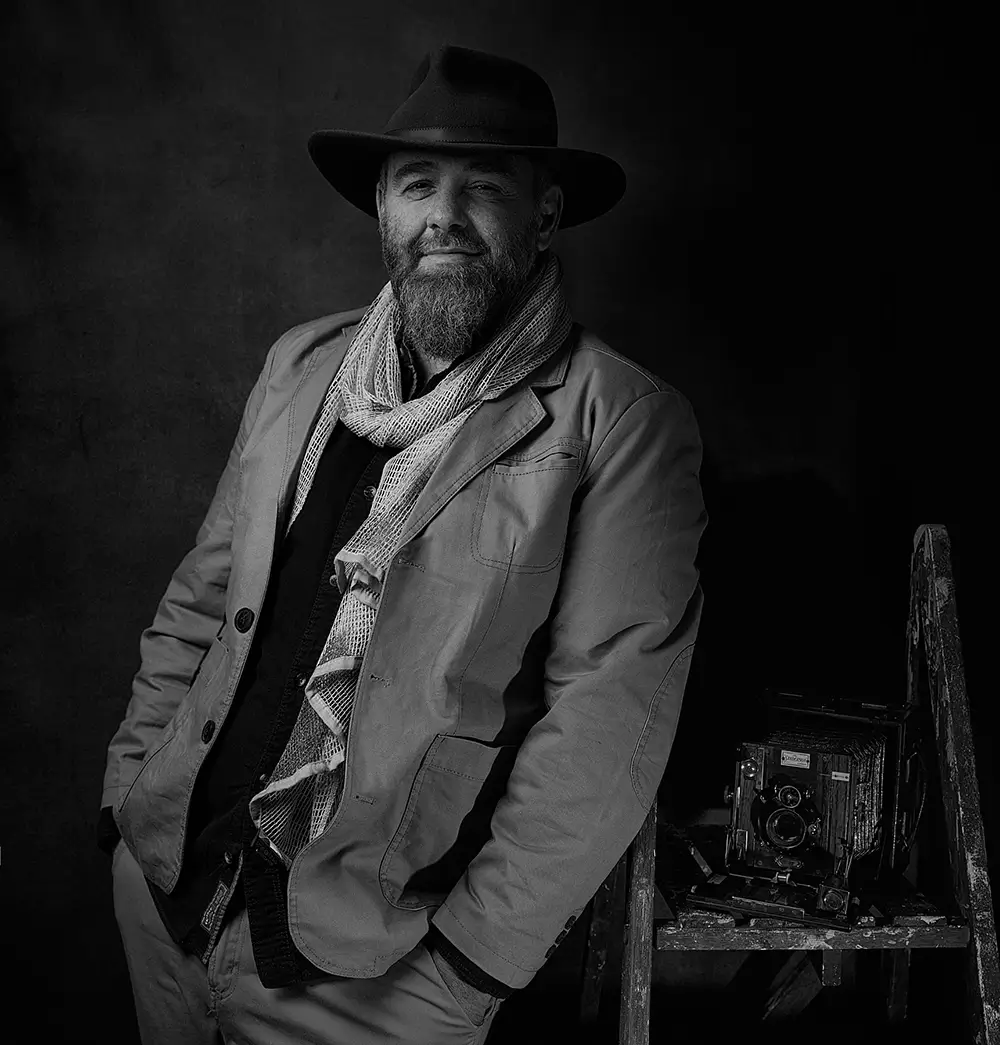I am a travel and assignment photographer and storyteller working to bring faraway interesting stories to life. I try to venture beyond simply pretty isolated images to evoke emotion and real interest into the lives and stories of the people in my images, hoping my audience will stop and look closer, empathise with the people in each frame.
After more than 100 countries (and growing), hundreds of different and challenging assignments - some good and very successful, some unavoidably less so - many international awards and the incredible good fortune of having worked for the amazingly talented and passionate people over at National Geographic, Lonely Planet, Conde Nast Traveller, GEO and many other, I hope my images bring with them a different, more paced, thoughtful and stylised approach to storytelling.
We need to grow closer, not grow our distance the way modern fast-food, social-media driven image consumption drives us towards. To learn how to live together with knowledge and compassion for peoples both near and far, to be sensitive to cultures and customs not our own but beautiful and worth preserving all the same. I want my images to tell the story of a Turkana woman the same way it tells the story of the Malian wood scavenger or a french farmer because they are all a part of this amazing, beautiful, infuriating overpopulated, largely polluted world of ours and its people.
